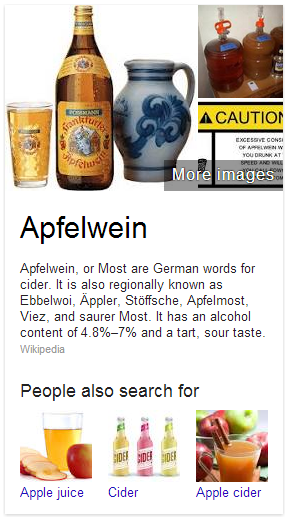For those that would like a more "wine like" flavor, what would be the recommended amount of tannin or acid blend to use? Obviously this recipe is more of a "quick and dirty, but good tasting" recipe, but most of the specifically wine-making forums recommend acid blend/tanninf or apple wines (using real fruit). Since we're using mostly juice, the skins aren't contributing any tannins.
It really depends on the apple juice you use. You need to experiment with it.
Many people find that cheaper juices often seem to produce better apfelweins, and I'm pretty confident this is due to the fact that most of the more expensive and premium juices and ciders tend to be less acidic (which is something I've definitely observed), whereas the cheaper (and generally more acidic) juices produce a "brighter" character. So obviously I think an apfelwein can benefit from acid blend, especially if you find it a bit dull and lacking. I feel the same way about using a bit of tannin as well. They are definitely two of the best tools you have to take this simple product to the next level (when done judiciously); and while I'm not sure it'd make for "authentic" apfelwein, oak is another big one.
But like I said, how much to use depends on the juice you're starting with since they're all going to be different. And even with the same juice, these are aspects that very much come down to personal taste. When you combine these two facts, it should be apparent that it's difficult to make a specific recommendation. Luckily, these are things you can experiment with by the glass, and add to the rest of it afterwards. I'd start with around half of what you might find recommended for a dry white wine, and adjust from there.







![Craft A Brew - Safale BE-256 Yeast - Fermentis - Belgian Ale Dry Yeast - For Belgian & Strong Ales - Ingredients for Home Brewing - Beer Making Supplies - [3 Pack]](https://m.media-amazon.com/images/I/51bcKEwQmWL._SL500_.jpg)

























































